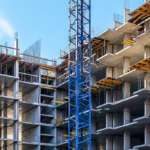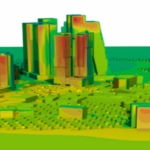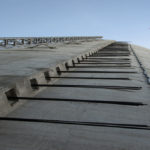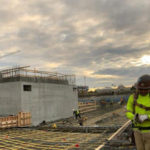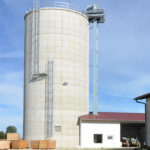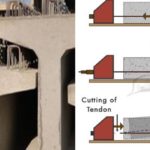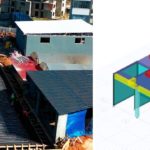Blog
What Is Earthquake Risk Analysis Detection?

We all have a common daily routine. Every morning we leave home and go to work or school and spend most of our time there. Individuals want to feel safe in the structures they spend a long time on behalf of different activities.
Our country is located in the active earthquake zone. Therefore, we should not forget that we can face the reality of the earthquake every day we live. A series of measures should be taken to avoid catching the earthquake unprepared. One of these measures is the determination of EARTHQUAKE RISK ANALYSIS. Determination of earthquake risk analysis is very important both to ensure our safety and to avoid economic damage.
Earthquake Risk Determination
- All studies on earthquake and T.C. It must comply with the Earthquake Code and international criteria.
- Ground characteristics of the land should be taken into consideration in earthquake risk determination.
- Soil characteristics of the land are examined with surface geology studies and then ground survey of the structure is prepared.
- The existing relay of the structure is removed.
- Environmental and structural damage of building materials is determined.
- Core samples are taken from the carrier systems of the building. It is important to note that there is a sufficient number of examples.
- The stability of the ground on which the structure is located, the behavior patterns it exhibits in the event of earthquake, its effect on the basic elements of the building and the harmony of the basic elements of the building are carefully observed according to the determined ground characteristics.
- Another important issue is the examination of the structural systems of the structure.
- 3-D model of the structure is created in the light of the obtained data
- Resistance analysis is carried out taking into account the possible internal conditions.
EARTHQUAKE RISK ANALYSIS TEST REPORT of the structure is prepared with all the studies and data obtained.
Latest Blog
-
Reinforced Concrete Calculation Static Report
31 January 2024 -
Steel Calculation Static Report
31 January 2024 -
What Is CFD Analysis?
22 December 2023 -
What Are The Benefits Of CFD Analysis?
22 December 2023 -
Silo Reinforcement with Post-Tensioning Method
26 September 2023 -
Post Tensioning Method in Cantilever Slabs
4 September 2023 -
Post-Tensioning Application In Reinforced Concrete Silos
22 August 2023 -
Components Of Post Tensining
16 August 2023 -
What Are Pre-Stressing And Post-Tensioning?
11 August 2023 -
What is Prestressing?
8 August 2023 -
History Of Post Tensioning
8 July 2023 -
Post Tensioning Method In Foundations
14 June 2023 -
What Is Post Tension?
30 September 2022 -
Steel Static Projects
27 September 2021


